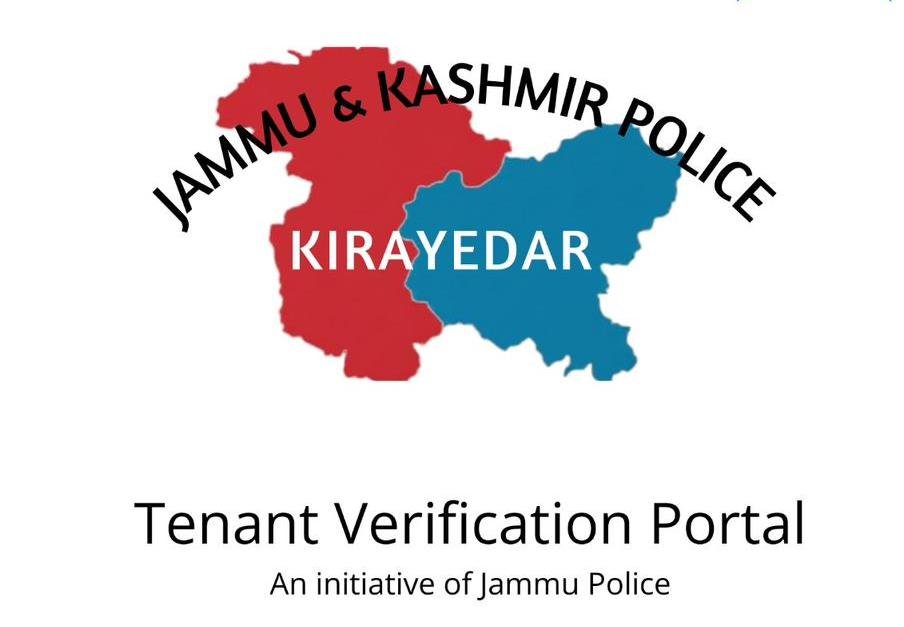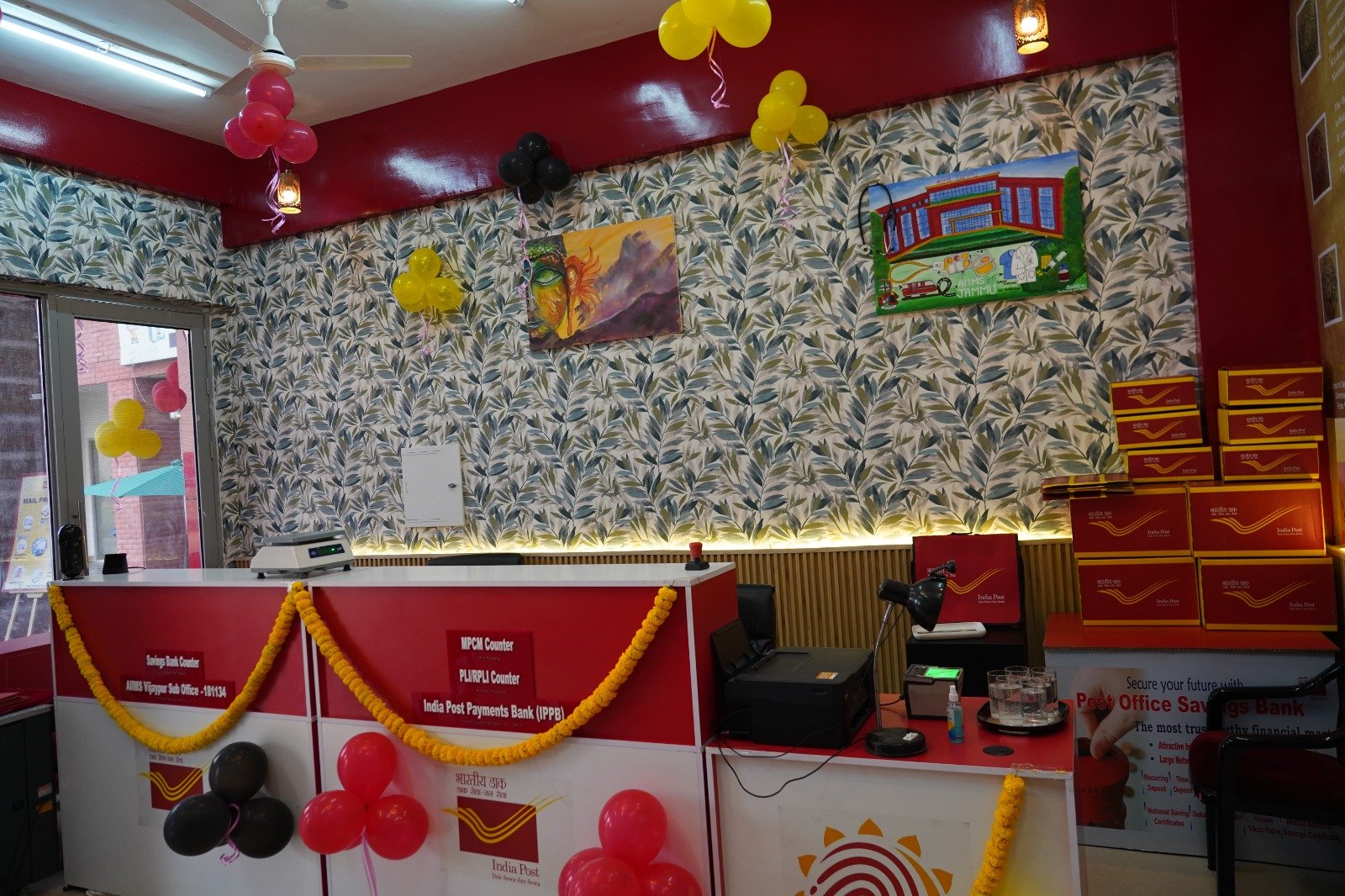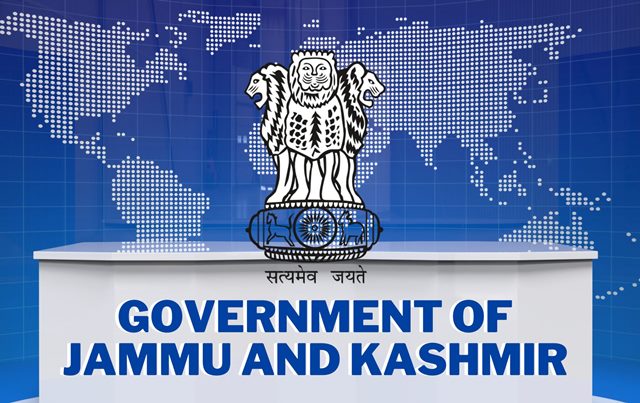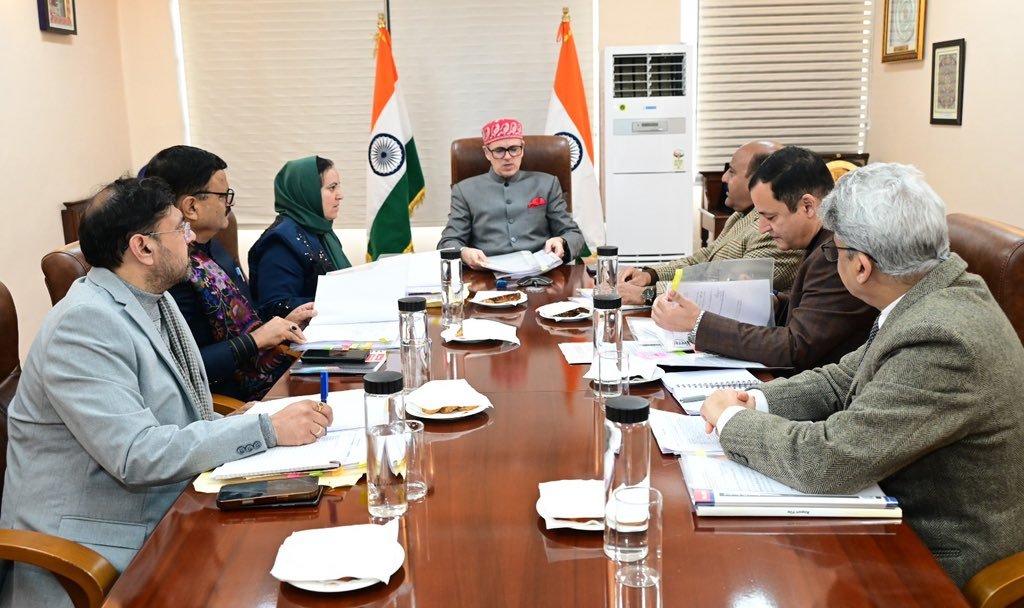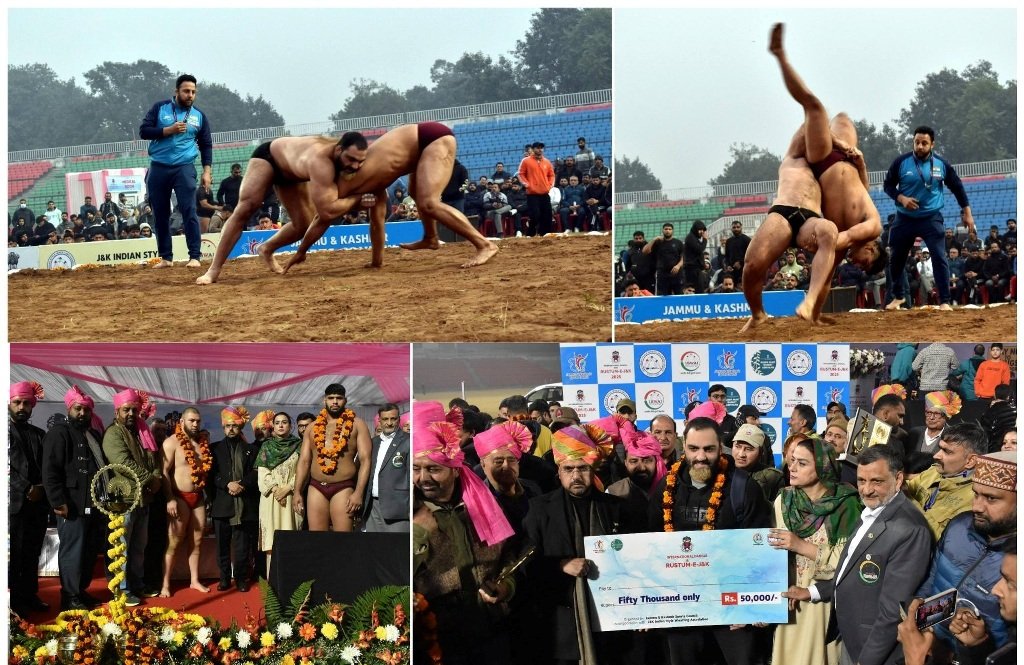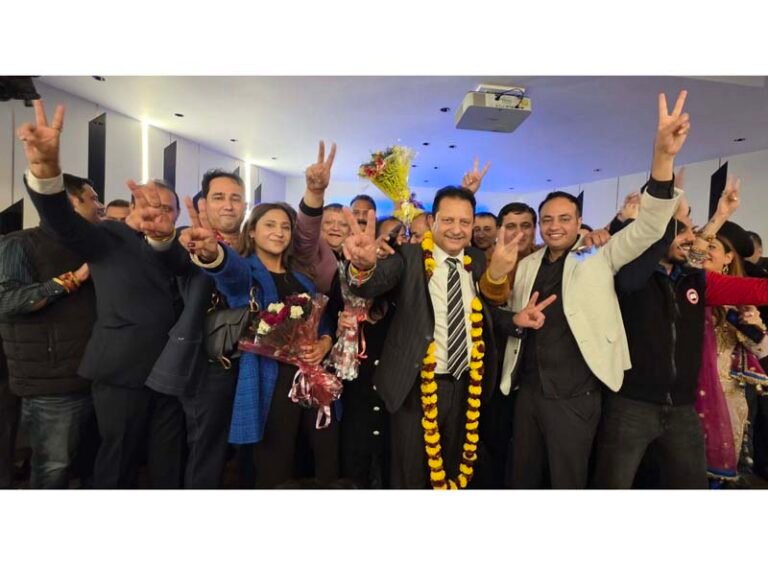Jammu and Kashmir, which has been struggling with poor sanitation coverage, now lags behind in the number of households having toilet facility, especially in rural areas.
This has been revealed in the Swachh Bharat Survey, a nationwide survey on Swachhta conducted by the National Sample Survey Office (NSSO).
The NSSO conducted the survey in two phases. The first phase was conducted from July 2014 to June 2015 and the second phase was conducted from July 2017 to June 2018.
From July 2014-June 2015, only 47 per cent households had the toilet facility which later increased to 51 per cent by June 2018.
Similarly, in the urban areas, 93 per cent households had toilets between July 2014 and June 2015. Interestingly, the percentage decreased to 90 per cent in the next NSSO survey between July 2017 and June 2018.
Overall, one in five households (21 per cent) in J&K has no toilet which means members defecate in the open.
Kerala and Sikkim (both 98 per cent) had the highest percentage of rural households having toilets during May-June 2015, while Jharkhand (19 per cent) had the lowest percentage of rural households having toilets.
Similarly, during July-December 2017, Kerala (100 per cent) had the highest percentage of rural households having toilets, while Uttar Pradesh (37 per cent) had the lowest percentage of rural households having toilets.
Uttarakhand, Mizoram and Himachal Pradesh (100 per cent each) had the highest percentage of urban households having toilets during May-June 2015, while Jharkhand and Maharashtra (both 78 per cent) had the lowest percentage of urban households having toilets. During July to December 2017, Kerala, Meghalaya, Mizoram, Uttarakhand and Puducherry (100 per cent each) had the highest percentage of urban households with toilets.
Read also: Age is just a number for 87-Year-Old woman from Udhampur to Build Toilet
The survey further stated that only 47 per cent households in rural areas in J&K had provision of water in the toilets from July 2014 to June 2015. It increased to 67 per cent from July 2017 to June 2018.
In the urban areas, 92 per cent households had water facility in the toilets between July 2014 and June 2015. It increased to 94 per cent between July 2017 and June 2018.




